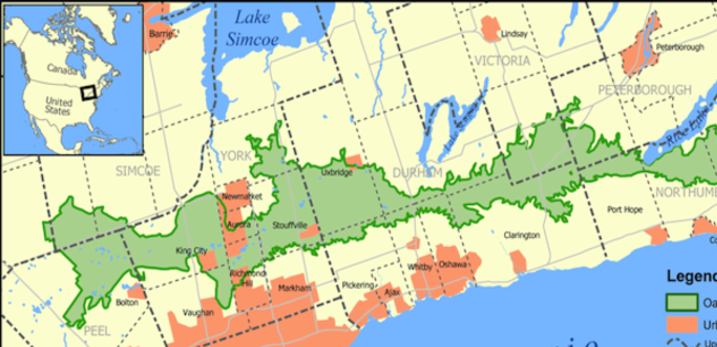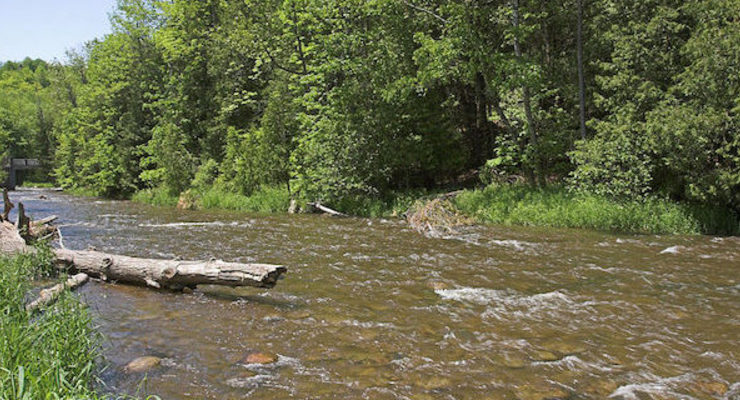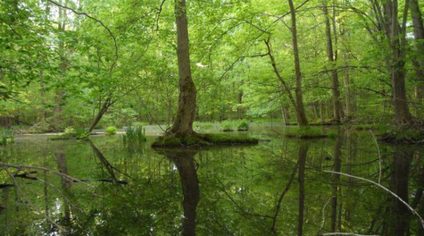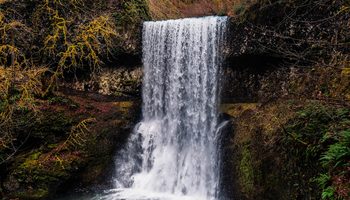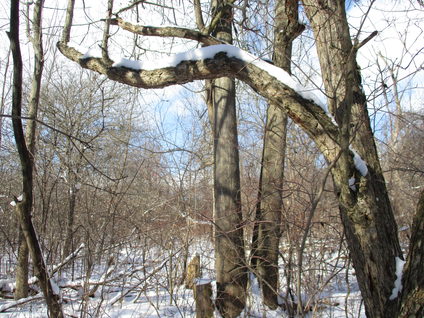Ominous Meeting Begins Growth Plan Consultations
Posted on November 13, 2018On November 8, 2108, the newly elected Ontario government began a procedure to revise land use planning processes in Ontario. The setting was the “Growth Plan for the Greater Golden Stakeholders Forum” which was held at the Ontario Room of the MacDonald Block at 900 Bay Street in Toronto on November 8, 2018. Also in attendance was Sierra Club Ontario Chapter’s own Dr. John Bacher. (Photo shows Thundering Waters wetlands where offsetting scheme was tried in past.




